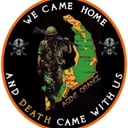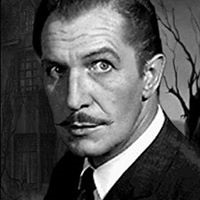When was the Hubble Space Telescope launched into space?
The Large Space Telescope was renamed the Hubble Space Telescope (HST) in honor of Edwin Hubble, an American astronomer who (among other things), determined that the universe extended beyond the borders of Milky Way.
The world’s first space telescope was then launched on April 24, 1990. The effort cost $1.5 billion, along with ongoing costs (both expected and unexpected).
There was an immediate big problem . Hubble had a flawed mirror, researchers learned this when the telescope reached orbit and was put to work. The images were fuzzy (close to useless). Hubble's main mirror had a major defect, a spherical aberration caused by a manufacturing error. The flaw was just 1/50th the thickness of a sheet of paper.It took three years before NASA could mount a repair mission. In December 1993, the first new images from Hubble reached Earth and they were breathtaking.
The Hubble Space Telescope's elevated perspective and advanced optics allow it to peer farther away than previous ground-based optics are able to see. Because light takes time to travel long distances, the range of the HST makes it function similar to a time machine. The light it views from remote objects only reveals how that object appeared when the light left it, not how it appears today. Thus when we look at the Andromeda galaxy, 2.5 million light-years from Earth, we see it as it was 2.5 million years ago.
More Info:
www.space.com











